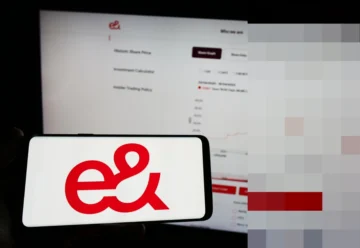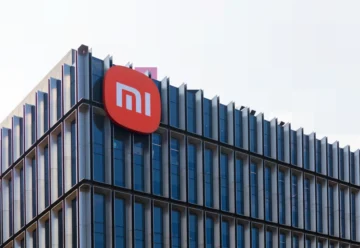India Prepares to Launch Digital Rupee Pilot Project
The Reserve Bank of India (RBI) has unveiled reasons, key goals, and features of a central bank digital currency (CBDC) pilot project.
The RBI released a “concept note” on India’s future digital currency. The document reports that the CBDC pilot project will primarily focus on exploring specific use cases for the digital rupee. According to the developers, India’s CBDC will have wholesale and retail versions.
This paper is the first comprehensive report produced by the FinTech Department of the RBI. Releasing the “memo” was the result of a feasibility and functionality test of the CBDC concept, which was initiated by the Reserve Bank in response to a government requirement.
According to the RBI’s statement, the digital rupee is meant to give existing forms of money “additional avenues.” The CBDC isn’t expected to differ significantly from banknotes, but due to its digital form, it’ll be a simpler, cheaper, and more convenient counterpart.
The Reserve Bank of India is seeking to raise awareness among citizens around the upcoming issue of the digital rupee. The document contains:
- the key motivations behind the CBDC issuance;
- the main goals of the digital rupee pilot project;
- the potential pros and cons of introducing digital currency in the country;
- recommendations for designing the technological framework for the state’s digital currency.
The RBI argues that the rationale for developing and issuing the digital rupee is:
- lower transaction costs;
- improved financial accessibility;
- creation of an efficient and innovative payment system;
- modernization of cross-border payments.
The paper highlights the risks posed to the country’s financial stability by using public blockchains and cryptocurrencies in general. It also focuses on the risks to consumers due to the crypto market’s volatility. The RBI voiced its concerns about crypto turnover in the country late last year.
The RBI goes on to stress the differences between a retail and wholesale CBDC. For example, the retail digital rupee will be designed primarily to serve the public sector and also be available for the private sector, non-profit organizations, and non-financial consumers. Only a limited number of financial institutions will have access to the wholesale CBDC. The bank also notes that the retail digital currency is likely to be token-based, making it easier to use, while India’s wholesale CBDC is expected to take the form of an “account-based” currency.
In the document, the RBI claims that direct issuance would allow the central bank to be fully responsible for issuing and managing CBDCs. However, the RBI doesn’t deny the possibility of creating the digital rupee with indirect issuance, enabling the use of intermediaries such as commercial banks and payment service providers.
The Reserve Bank of India is preparing to start testing the CBDC. The pilot project is scheduled to launch in the near future, but the RBI didn’t give an exact timeline. Before the launch, the digital rupee pilot will be tested on several technology options and their use cases to determine the final architecture.
India is among the top five countries with the highest rate of crypto adoption in 2022 and has become a leader in using centralized marketplaces and DeFi platforms.











